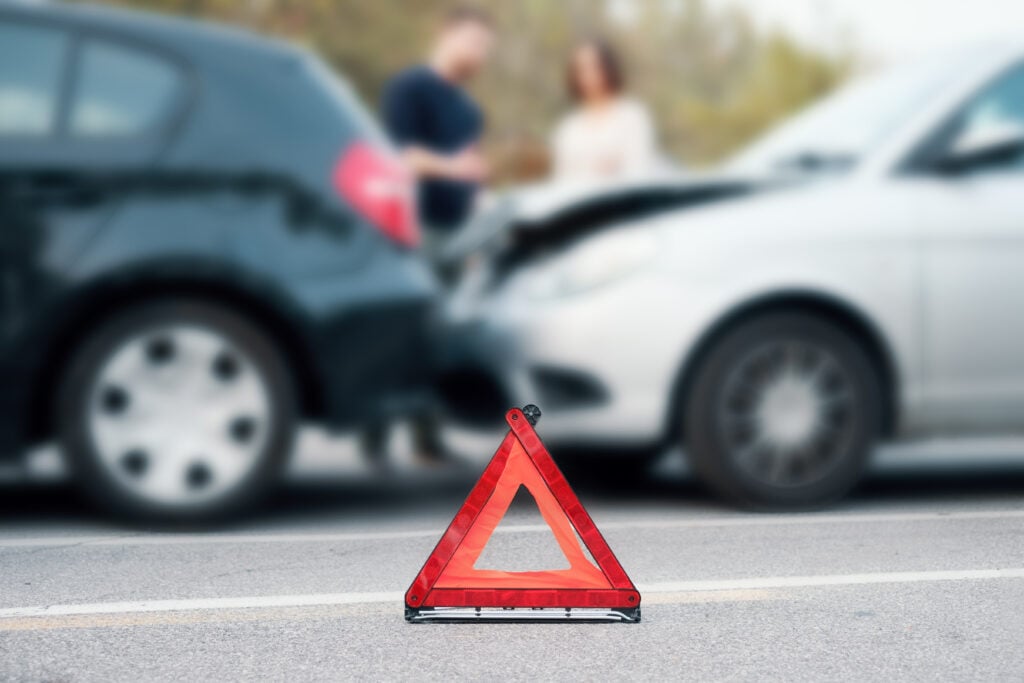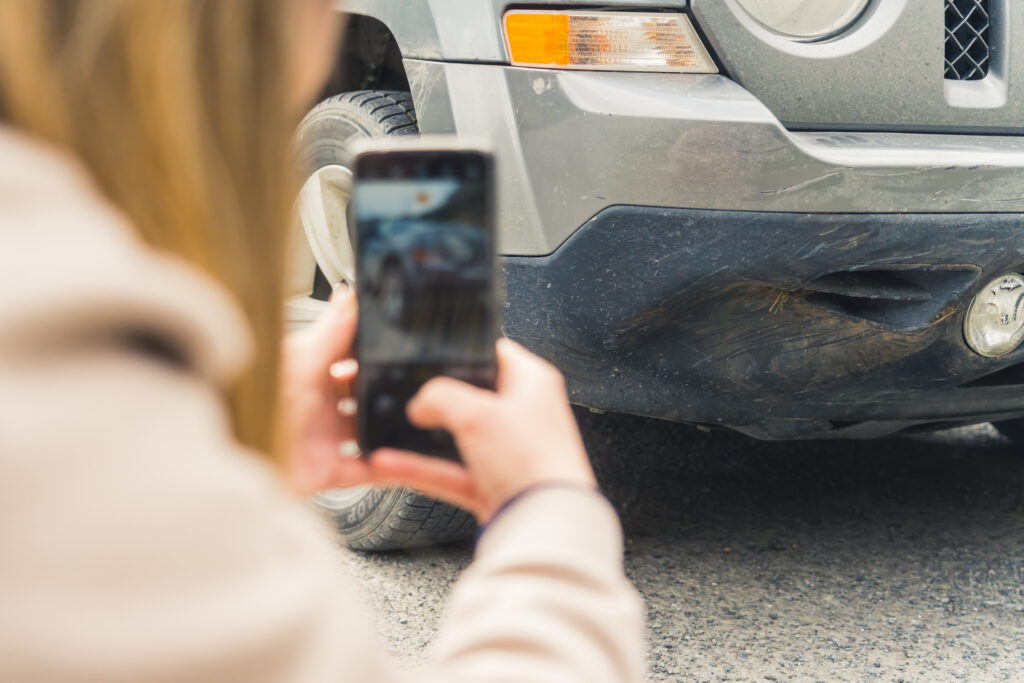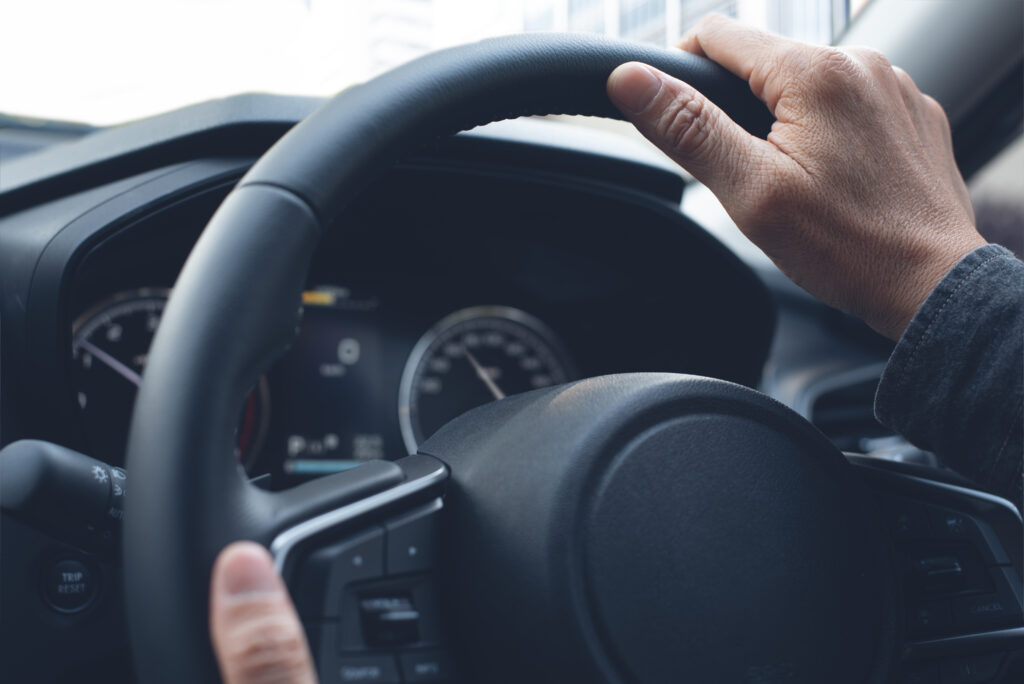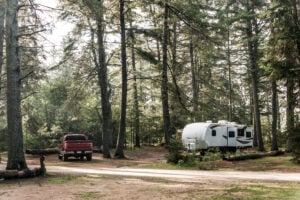
What to Do After Buying an Existing Business
What to Do After Buying an Existing Business The time period after buying a business can be both exciting and stressful. Making an investment into
A car accident can happen in the blink of an eye, and some of those involved can become overwhelmed, which makes knowing what to do and how to handle the situation beforehand extremely important. The first step to take after a car accident is to make sure you and any potential passengers are uninjured, and if another vehicle was involved, checking on the driver and their passengers is next. Immediately call for medical assistance if there are any serious injuries. After everyone has had a moment to regroup, if it is safe to do so (and unless someone has been seriously injured or killed), you should attempt to move the vehicles involved in the incident to an area out of the way of others. If your vehicle is too damaged to move under its own power, then just you and your passengers should migrate to a safe area. Finally, your next move should be to alert the local authorities, explain the situation, gather info from the other driver, and once the dust has settled contact your insurance provider to start the claims process. The following is a deeper look at some of the steps to take after a car accident.

After an accident, things can become quite hectic. Your number one priority should be to make sure you and your passengers are safe. Verbally and visually check yourself and those in the vehicle for injuries to confirm everyone is ok. When accidents occur, those involved can go into shock, not initially feeling their own injuries until the adrenaline wears off. Give yourself some time, stay calm, and thoroughly check those involved. After ensuring the safety of you and your passengers, check on the other driver, they could potentially use your help as well. Promptly call 911 if emergency medical assistance is required.
If you and your vehicle are safely able to move (and assuming the accident did not result in any fatalities or serious injuries), then it’s suggested that you maneuver your vehicle to a safer location, for instance the side of the road, sidewalk, or a parking lot. If you are in the unfortunate situation of having been involved in an accident that does involve a fatality or a significant injury, promptly call 911 (and after arranging for emergency medical assistance) check with the authorities before altering the scene of the accident. If your vehicle cannot move on its own (or if it is not safe or appropriate to move the vehicle) then you should leave it as is, move yourself to a safe location, and await help.
After you are out of harm’s way, if you haven’t already, call the authorities to report your accident.
The next step, even though you have provided info for the police report, is documenting the incident for yourself and your own records. This includes taking pictures of your vehicle, any of the vehicle(s) involved, and doing so from multiple viewpoints to show the entirety of the damage. You want to be as thorough as possible, as these images, videos, and details can help in your claims process and in determining who was at fault for the accident that occurred. Not only should you compile photos and info of the accident, but you should also make sure to get the contact info of anyone involved. Get their names, addresses, phone numbers, and insurance information. Getting the details of the vehicles involved, such as year, make, and model, color, plate numbers, and driver’s license numbers can come in handy too.

No matter who is thought to be at fault for the accident, it’s a good idea to let your car insurance company know of your incident. Doing so directly after the previous steps can be helpful as your insurance company can tell you everything that they will need to begin the claims process. Normally, your insurance company will tell you what to expect throughout the process, and soon after they will assign a representative to inspect and determine the damage of your vehicle along with who is at fault.
Whether you live in a state that is considered a “no-fault” or “fault” state may impact how your claim is handled following an accident. In a fault state, the individual who is legally responsible for the accident is held liable for the resulting injuries and property damage. In such an event, the at-fault driver’s insurance will pay for the covered losses (subject to policy limits, terms, and exclusions), and the at-fault driver can potentially be held personally liable for damages that exceed available insurance. Not only can you be held accountable for a hefty bill after being deemed at fault for an accident, but your car insurance rates will likely rise just as if you got a speeding ticket or had any other previous marks on your driving record. There is a chance, depending on the accident, that you can be found to be partially at fault. In a scenario like this, your percentage of fault can be determined and then legal liability for resulting damages may be reduced in accordance with applicable state law.
However, in a no-fault state, the insurance company for each driver typically covers their own losses.
As of the writing of this article, the list of “No-Fault” states include:
Regardless of whether you have been in an accident, knowing how to lower your car insurance costs can be helpful information. There are multiple ways to save on car insurance, and the following is a non-exhaustive list on some of the ways you can save.
Being a safe driver not only helps you save but keeps you and others safe on the road. Avoid speeding, accidents, and other violations. This will prove you are less of a risk on the road, thus keeping your insurance rates low.

Some companies offer a discount when you complete an accident prevention course, and some of these courses can even be completed online.
Depending on your insurance provider, asking for a higher deductible can help to reduce your payments. Deductibles are what you pay before your insurance policy kicks in, so by asking for higher deductibles you can lower your monthly costs. You should make sure you have enough money saved to pay a higher deductible if a claim needs to be filed, and you should not select a deductible that is higher than what you could realistically afford to pay out of pocket.
Different companies offer different discounts for policyholders. Depending on what kind of driver you are, you might want to pick and choose which could best apply to you. When comparing, look for some of these potential discounts:
Reach out to your local insurance agents for a quote, it doesn’t hurt to get multiple quotes to find the best deal for you. Don’t forget when shopping to balance quality with price.
Possibly one of the easiest ways to save on car insurance is to bundle with another policy. Typically, car insurance is bundled with home insurance, but even if you don’t own a home and rent instead, you can potentially save. Bundling can also just make things easier, from managing one account and password to having to remember one payment date, it can save you time and money.
When looking for a new or used car, checking the insurance costs that will go along with it is important. Some car insurance costs are based on the vehicle itself, including its price, what type of vehicle it is, how new it is, safety ratings, and probability for theft. To help reduce your rates, doing your research ahead of buying can help you save in the long run.
If you have an older vehicle you might want to think about lowering your limits regarding repair, like comprehensive and collision coverage limits. As certain vehicles get older, the cost to replace various parts also often goes down, potentially reducing your need for higher levels of coverage. To check how much your car is worth, contact your local car dealer or bank. There are also numerous resources online that can calculate that information for you.
To see what coverage and discounts you should consider, connect with your local office.
___________________________________________________________________
This article is for general informational purposes only and is not to be relied upon or used for any particular purpose. Cross Insurance shall not be held responsible in any way for, and specifically disclaims any liability arising out of or in any way connected to, reliance on or use of any of the information contained in this article. The information contained or referenced in this article is not intended to constitute and should not be considered legal, insurance, accounting or other professional advice, nor shall it serve as a substitute for the recipient obtaining such advice. The views expressed in this article are that of its author and do not necessarily represent the views of Cross Financial Corp. and its subsidiaries and affiliates (“Cross Insurance”) or Cross Insurance’s management or shareholders.

What to Do After Buying an Existing Business The time period after buying a business can be both exciting and stressful. Making an investment into

Do I Really Need RV Insurance? Just as with any other vehicle, you will need some form of insurance to operate an RV on a

Insurance for Dog Trainers in Connecticut Why Is Insurance for Dog Trainers Important? Being a dog trainer can be a rewarding career. As with any